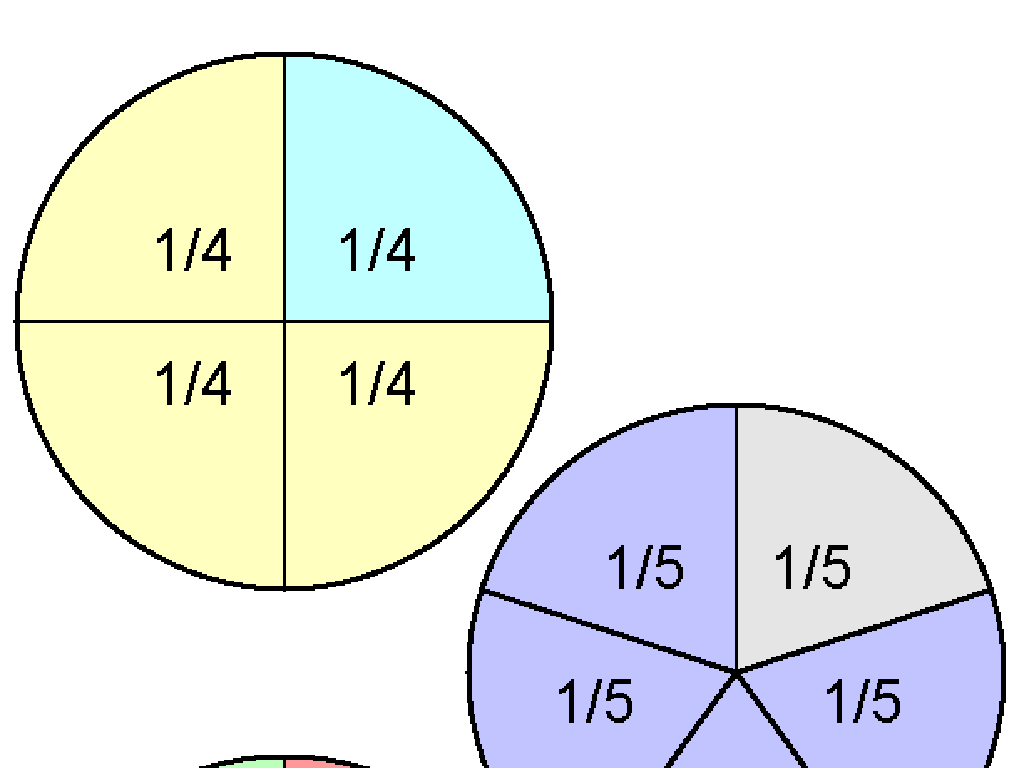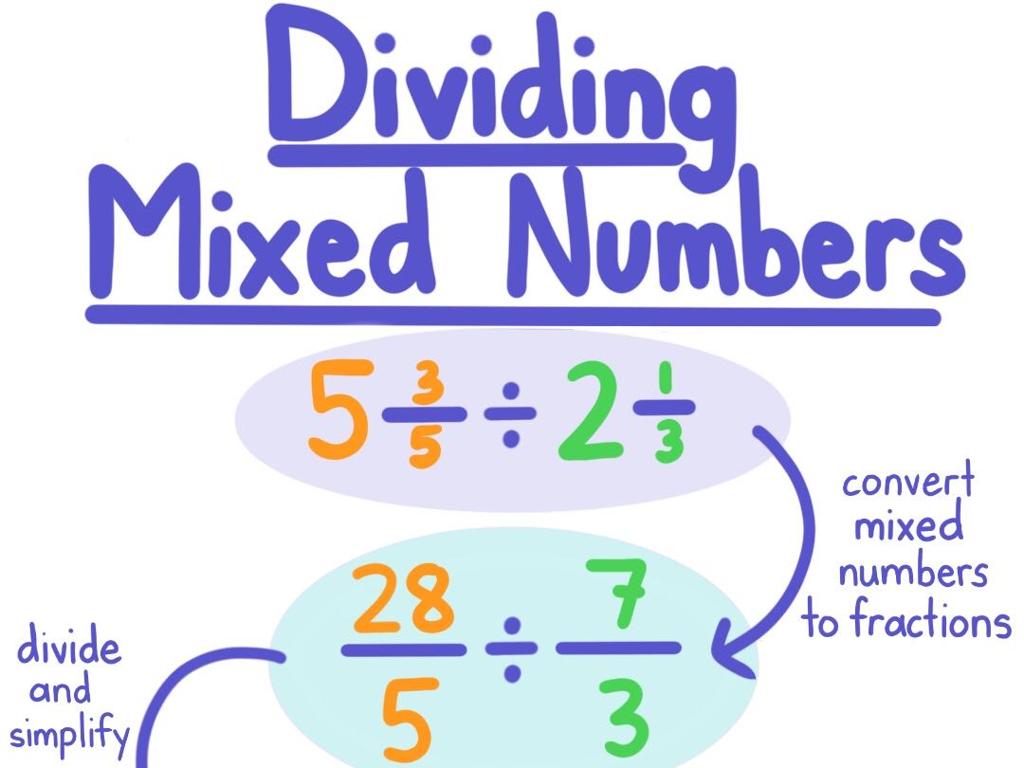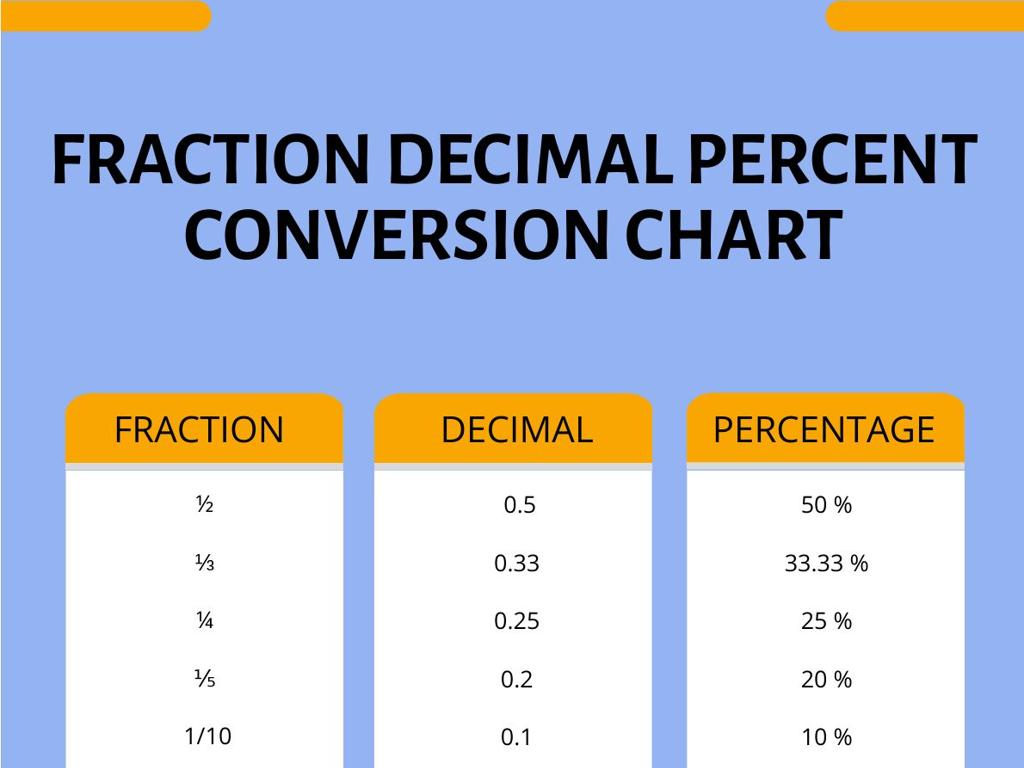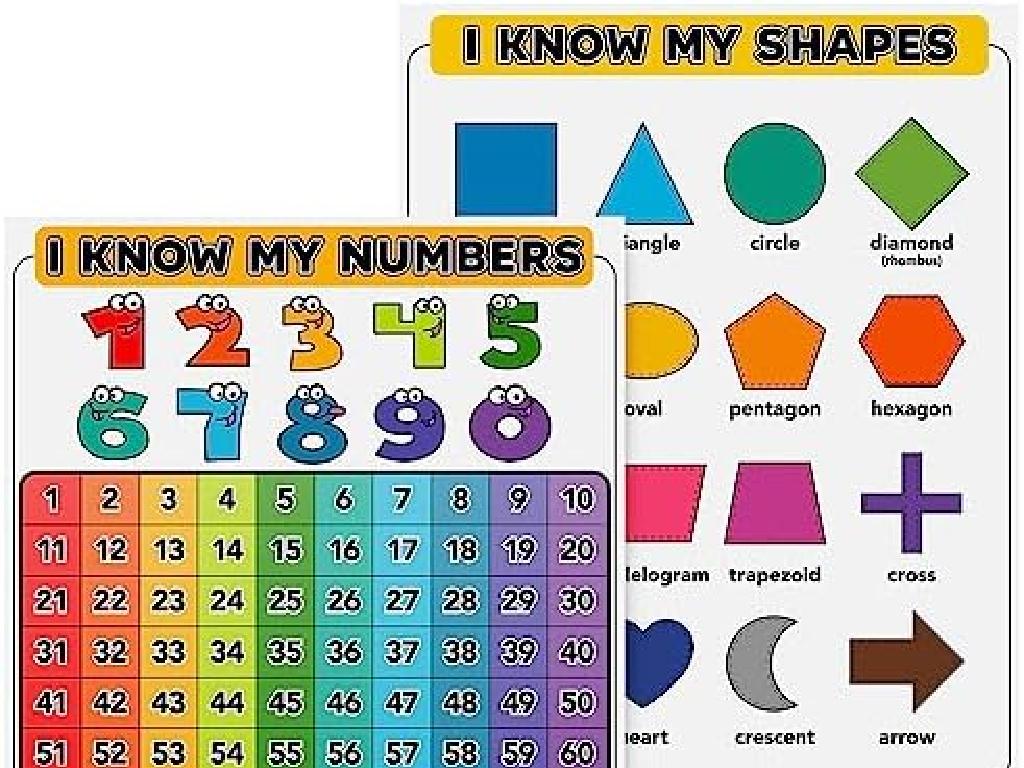Find The Mode
Subject: Math
Grade: Fifth grade
Topic: Statistics
Please LOG IN to download the presentation. Access is available to registered users only.
View More Content
Finding the Mode in Statistics
– Explore today’s adventure: Finding the Mode!
– Understand statistics in daily life
– Statistics help us make sense of numbers in the world.
– Review: What is Statistics?
– Learn how to find the mode
– The mode is the number that appears most often.
|
This slide introduces the concept of the mode within the broader subject of statistics. Begin by engaging students with the idea that today’s lesson is an adventure in understanding how numbers tell stories in our daily lives. Emphasize that statistics is not just a branch of math, but a tool we use to interpret the world around us. Review the definition of statistics as a science that deals with the collection, analysis, interpretation, and presentation of masses of numerical data. Then, focus on the mode, explaining that it is the value that appears most frequently in a data set. Provide examples of data sets and work through finding the mode with the class. Encourage students to think of situations where they might need to find the most common number, such as the most popular shoe size or the most common score on a test.
Understanding the Mode in Statistics
– Mode: The most frequent number
– The number that appears most often in a set of numbers. For example, in 2, 3, 3, 5, 7, the mode is 3.
– Importance of mode in stats
– Helps summarize data by showing the most common value.
– Mode in daily life
– Common shoe size in class or the most popular lunch choice.
– Practice finding the mode
– Let’s find the mode of: 4, 6, 6, 6, 7, 8, 8
|
The mode is a basic statistical concept that identifies the most frequently occurring number in a dataset. It’s important because it represents the most common value, which can be very telling in various situations, such as understanding consumer preferences or identifying trends. By providing everyday examples, such as finding the most common shoe size in class or the most popular lunch choice, students can relate to the concept and see its practical application. Encourage the students to practice by finding the mode in different sets of numbers to reinforce their understanding.
Finding the Mode in a Data Set
– Organize your data set
– Sort numbers from smallest to largest
– Count frequency of each number
– Tally marks can help track occurrences
– Identify the most frequent number
– The number with the most tallies is the mode
– The mode is this frequent number
|
When teaching students to find the mode, start by having them organize the data from smallest to largest, as it makes it easier to count how many times each number appears. Introduce the concept of frequency and how to use tally marks to keep track of each number’s occurrences. Emphasize that the mode is simply the number that appears most frequently in the data set. If there’s more than one number that appears the most, then the data set has multiple modes. Provide examples with different outcomes: a clear mode, no mode, and multiple modes. Encourage students to practice with data sets of varying complexity.
Let’s Practice Together: Finding the Mode
– Example dataset: 3, 4, 5, 3, 7, 3, 8
– Steps to find the mode
– Count how often each number appears
– Discuss: Why is 3 the mode?
– 3 appears most often, so it’s the mode
– Practice finding modes together
– Use different datasets to find the mode
|
This slide is an interactive class activity to practice finding the mode of a dataset. Start with the provided example dataset and guide the students through the steps to determine the mode. Explain that the mode is the number that appears most frequently in a set of numbers. In the example, the number 3 appears three times, more than any other number, making it the mode. Engage the class in a discussion to ensure they understand why 3 is the mode and not any other number. After the discussion, provide additional datasets for the students to work on in small groups or pairs, reinforcing the concept of the mode. Encourage students to explain their reasoning to each other to solidify their understanding.
Exploring Modes in Datasets
– Single mode dataset example
– A set like 3, 4, 4, 5, 6 where 4 repeats most.
– Multi-mode dataset example
– Consider 2, 2, 3, 3, 4; modes are 2 and 3.
– Dataset with no mode
– In 1, 2, 3, 4, 5, no number repeats.
– Understanding mode scenarios
|
This slide aims to help students understand the concept of ‘mode’ in different types of datasets. Start by explaining that the mode is the number that appears most frequently in a set of numbers. Show an example of a dataset with a single mode, highlighting how one number appears more than the others. Then, move on to a dataset with more than one mode, explaining that sometimes two or more numbers can share the highest frequency. Lastly, discuss a dataset with no mode, where all numbers are unique. Encourage students to practice with different sets to identify the mode, if any, and understand that datasets can vary in terms of modes.
Activity Time: Find the Mode!
– Group activity to find the mode
– Work together to determine the mode of a given set of numbers.
– Each group presents their findings
– Share your group’s mode with the class and explain how you found it.
– Discuss the mode’s real-life use
– How can knowing the mode help us in daily life? Discuss examples like most common shoe size sold in a store.
– Reflect on the activity
|
This slide introduces a class activity where students will work in groups to find the mode of a dataset. The teacher should prepare datasets in advance for each group. After finding the mode, each group will present their method and results to the class, fostering a collaborative learning environment. The discussion on the mode’s real-life applications will help students understand the practicality of statistics in everyday life, such as determining the most common outcome or preference in various scenarios. The reflection at the end allows students to think about what they learned and how they worked as a team. Possible activities: 1) Finding the mode of favorite colors, 2) Most common shoe size, 3) Most frequent number of pets owned by classmates, 4) Most popular fruit in the lunchroom.
Wrapping Up: Mode & Your Homework
– Recap: Understanding the Mode
– Mode is the most frequent number in a set
– Homework: Practice Finding Mode
– Use the datasets provided to find the mode
– Next Lesson: Mean and Median
– We’ll explore the other measures of central tendency
– Keep practicing with datasets!
|
As we conclude today’s lesson, ensure that students have a clear understanding of the mode as the most frequently occurring number in a dataset. For homework, students should apply this knowledge to find the mode of various datasets provided. This will reinforce their understanding and prepare them for the next class, where we will delve into the mean and median. Encourage students to practice with additional datasets if they finish early, as this will help solidify their grasp of the concept. Be prepared to review homework at the start of the next class and introduce the mean and median as other measures of central tendency.






